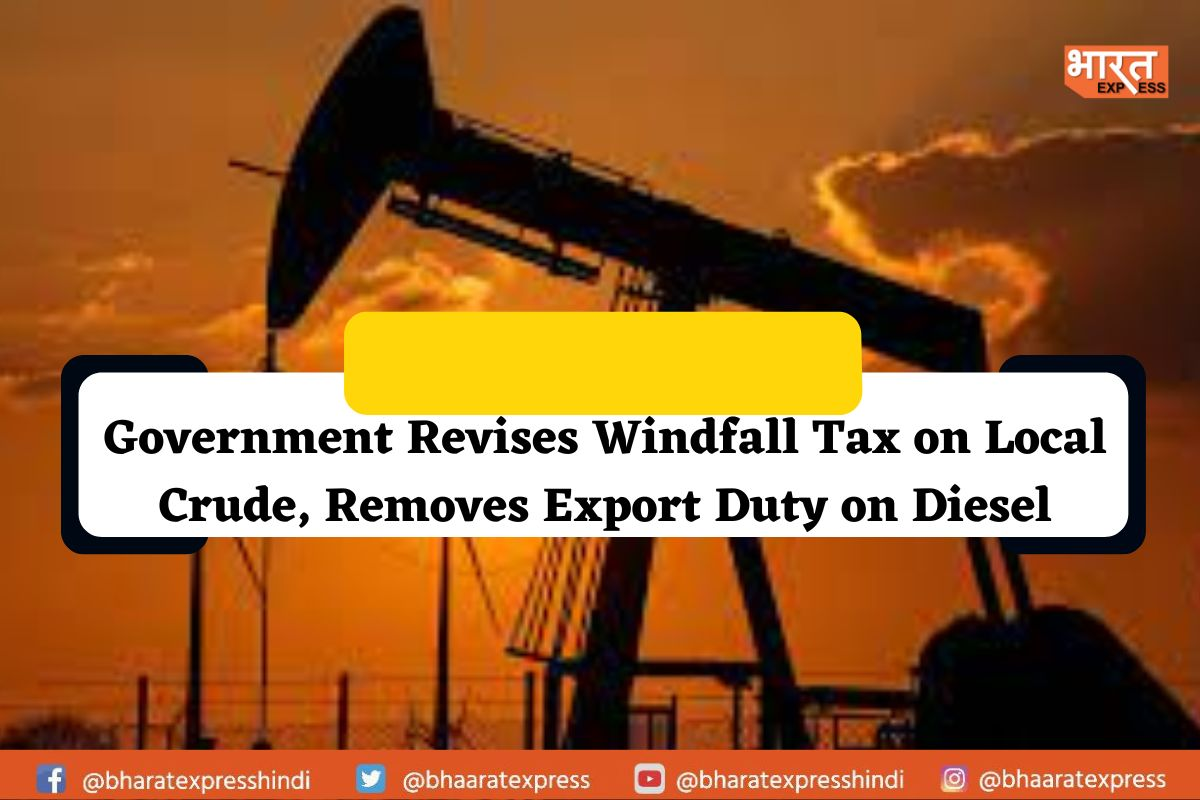
Reference Image
In order to promote investment and streamline the tax system in the petroleum industry, the government has raised the Special Additional Excise Duty (SAED) on crude petroleum from zero to Rs 6,400 per tonne. Additionally, the windfall tax on domestic crude oil production has been adjusted to Rs 6,400 per tonne.
Also Read: 19 April 2023: Petrol and Diesel Prices Continued To Stagnate Today, Check Rates Here
When certain industries earn profits that are unexpected and exceed the norm, the government may impose a higher tax known as a windfall tax.
Special Additional Excise Duty (SAED) has been increased on crude petroleum by the government. It has been elevated from zero to Rs 6,400 per tonne. However, there will be no modifications to the SAED on petrol and Aviation Turbine Fuel (ATF). Furthermore, the central government has also announced its plans to eliminate the export duty on diesel. This will result in the SAED on diesel decreasing from Rs 0.50 per litre to zero.
The revision of the windfall tax on crude oil production is expected to result in additional revenue for the government, which will impact oil companies since they will now be required to pay a higher tax on the sale of crude oil in the domestic market. However, the elimination of the export duty on diesel is anticipated to benefit the manufacturing sector, which heavily relies on diesel for transportation and power generation.
Also Read: India’s First Apple Retail Store Is Now Open
In response to the sudden surge in crude oil prices due to the Russia-Ukraine war, the government introduced a windfall tax for the first time last year. This tax was aimed at levying additional charges on the excess profits earned by oil producers as a result of a windfall gain, which refers to a sudden and unexpected increase in earnings.
Government officials state that the tax rates are evaluated every two weeks to regulate the tax collection process. However, they also acknowledge that the tax rates only cover a portion of the additional profits that companies generate in the global market during periods of high prices.
To read more such news, download Bharat Express news apps





















